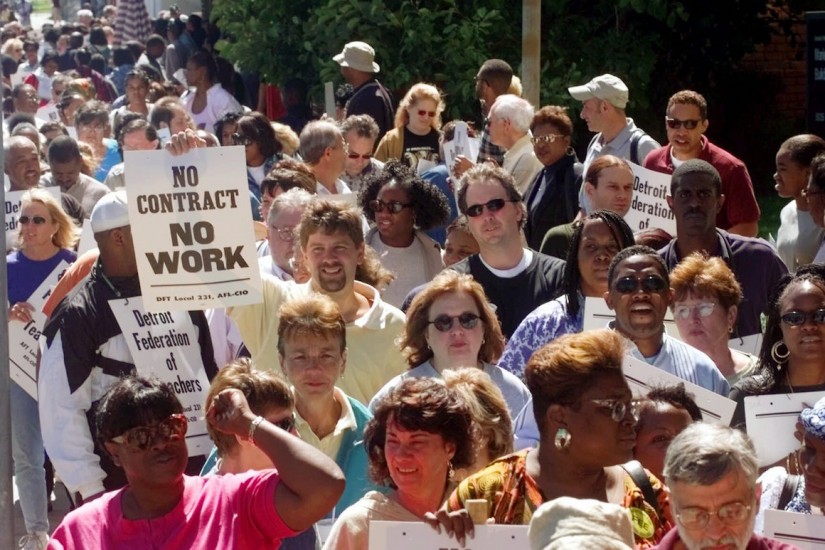Do you have rights at work? Franklin Delano Roosevelt thought you did. In 1936, while trying to haul America’s economy out of the bog that the free market had driven it into, Roosevelt argued that workers needed to have a say, declaring it unjust that
a small group had concentrated into their own hands an almost complete control over other people’s property, other people’s money, other people’s labor—other people’s lives. For too many of us throughout the land, life was no longer free; liberty no longer real; men could no longer follow the pursuit of happiness.
For Roosevelt, a system in which bosses could unilaterally decide “the hours men and women worked, the wages they received, the conditions of their labor” amounted to “dictatorship.” He hoped that the New Deal would bring workers and managers together in a new form of workplace governance.
New Dealers drew on an idea known as industrial democracy, developed, in the late nineteenth century, by English socialist thinkers who saw workplace rights as analogous to civil rights such as due process and the freedoms of speech and assembly. Senator Robert Wagner, who wrote the National Labor Relations Act of 1935—also known as the Wagner Act—made the point explicitly: “Democracy in industry means fair participation by those who work in the decisions vitally affecting their lives and livelihood.” In their efforts to civilize the workplace, however, Roosevelt and his allies didn’t set up a new institution for workers to speak through. They relied on an existing one: the union.
Whenever the rate of unionization in America has risen in the past hundred years, the top one per cent’s portion of the national income has tended to shrink. After Roosevelt signed the Wagner Act and other pro-union legislation, a generation of workers shared deeply in the nation’s prosperity. Real wages doubled in the two decades following the Second World War, and, by 1959, Vice-President Richard Nixon was able to boast to Nikita Khrushchev that “the United States comes closest to the ideal of prosperity for all in a classless society.”
America’s unions and workers haven’t been faring quite as well lately. Where labor is concerned, recent decades strongly resemble the run-up to the Great Depression. Both periods were marked by extreme concentrations of personal wealth and corporate power. In both, the value created by workers decoupled from the pay they received: during the nineteen-twenties, productivity grew forty-three per cent while wages stagnated; between 1973 and 2016, productivity grew six times faster than compensation. And unions were in decline: between 1920 and 1930, the proportion of union members in the labor force dropped from 12.2 per cent to 7.5 per cent, and, between 1954 and 2018, it fell from thirty-five per cent to 10.5 per cent. In “Beaten Down, Worked Up” (Knopf), a compact, pointed new account of unions in America, Steven Greenhouse, a longtime labor reporter for the Times, writes that “the share of national income going to business profits has climbed to its highest level since World War II, while workers’ share of income (employee compensation, including benefits) has slid to its lowest level since the 1940s.”
